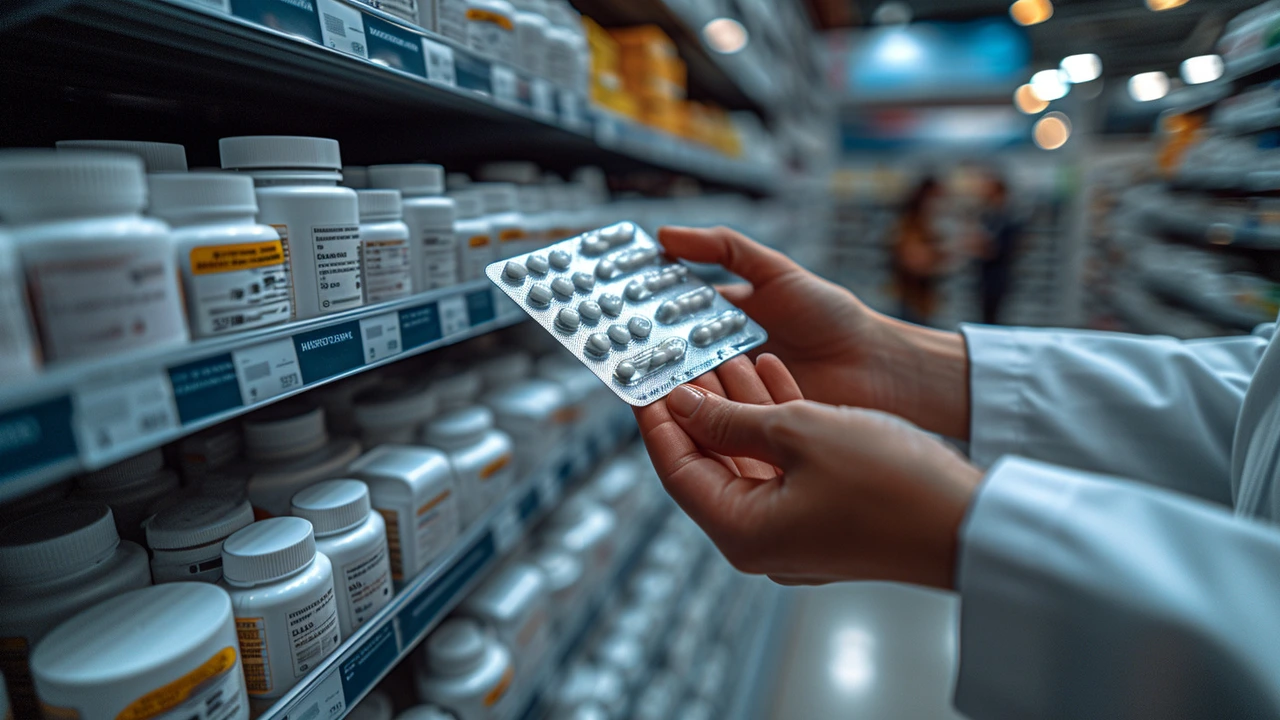Introduction to Toradol and Ketorolac
In the world of pain management, Toradol stands out as a potent option for treating moderate to severe pain, without the addiction risks associated with opioids. At the heart of Toradol's effectiveness is Ketorolac, a nonsteroidal anti-inflammatory drug (NSAID) that works by reducing inflammation and pain in the body. Unlike other pain relief options, Toradol is often reserved for short-term use, typically not exceeding five days, to manage acute pain conditions.
The Medical Benefits of Toradol
Toradol's primary appeal lies in its ability to manage pain effectively, making it a valuable tool in settings like post-surgical recovery or injuries. Its administration can be versatile, available in oral, intramuscular, and intravenous forms, accommodating various patient needs and scenarios. This flexibility, combined with its potent pain-relieving properties, makes Toradol a go-to option for healthcare providers in managing acute pain episodes efficiently.
Potential Side Effects of Toradol and Ketorolac
While Toradol offers substantial pain relief, it's not without its potential drawbacks. Common side effects include gastrointestinal issues like nausea and ulcers, renal impairment, and heightened risk of bleeding due to its anti-inflammatory properties. These side effects underscore the importance of close monitoring by healthcare professionals during Toradol treatment, especially for patients with pre-existing conditions that may be exacerbated by these risks.
Understanding Drug Interactions
Toradol's interaction with other medications is an essential consideration, as it can significantly influence its safety and effectiveness. It is known to interact adversely with anticoagulants, certain antidepressants, and other NSAIDs, potentially increasing the risk of bleeding or kidney issues. This makes it paramount for patients and doctors to closely review current medications before starting a course of Toradol.
Recommended Dosage and Administration
The recommended usage of Toradol and Ketorolac involves keen adherence to dosing guidelines to mitigate risks and optimize pain management outcomes. Typically, the starting dose should not exceed 10mg for oral administration, with adjustments made based on patient response and tolerance. For injectable forms, healthcare providers may administer a higher initial dose, followed by lower, regular doses within the five-day maximum treatment duration. These guidelines highlight the careful balance between effective pain relief and minimizing potential adverse effects.
Best Practices for Patients
For patients prescribed Toradol, understanding how to use it safely is critical. This includes following dosing instructions closely, monitoring for side effects, and communicating any concerns to healthcare providers promptly. Additionally, patients should be mindful of dietary and lifestyle factors that may influence Toradol's effectiveness or exacerbate side effects, ensuring an informed and collaborative approach to their pain management regimen.
Considerations for Healthcare Providers
Healthcare providers play a crucial role in the responsible prescribing and monitoring of Toradol. This involves a thorough assessment of patient history, potential contraindications, and ongoing management of treatment effects. Providers must also educate patients on the proper use of Toradol, emphasizing the importance of adhering to prescribed dosages and the five-day usage limitation to minimize risks.
Where to Find Toradol
For those looking to obtain Toradol, it's important to consult with a healthcare provider to determine if it's the right option for your pain management needs. It's available through prescription at most pharmacies, but for convenience and accessibility, it can also be found online. For a reliable source, consider visiting GeniusRx, where you can find detailed information on Toradol, including pricing and delivery options.


Amanda Joseph
Oh great, another “miracle” drug that’s “tota lly safe” unless you forget you’re human.